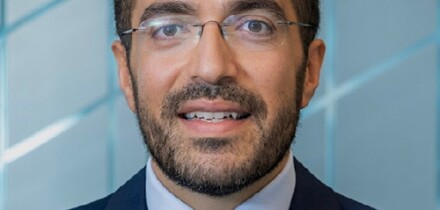Eurex accommodates new strategies with new ESG line

Greater ESG sophistication is coming to the listed derivatives market, with Eurex Exchange announcing on Wednesday that it intends to launch new contracts that apply a new methodology for ESG exposure.
Unlock this article.
The content you are trying to view is exclusive to our subscribers.
To unlock this article:
- ✔ 4,000 annual insights
- ✔ 700+ notes and long-form analyses
- ✔ 4 capital markets databases
- ✔ Daily newsletters across markets and asset classes
- ✔ 2 weekly podcasts






